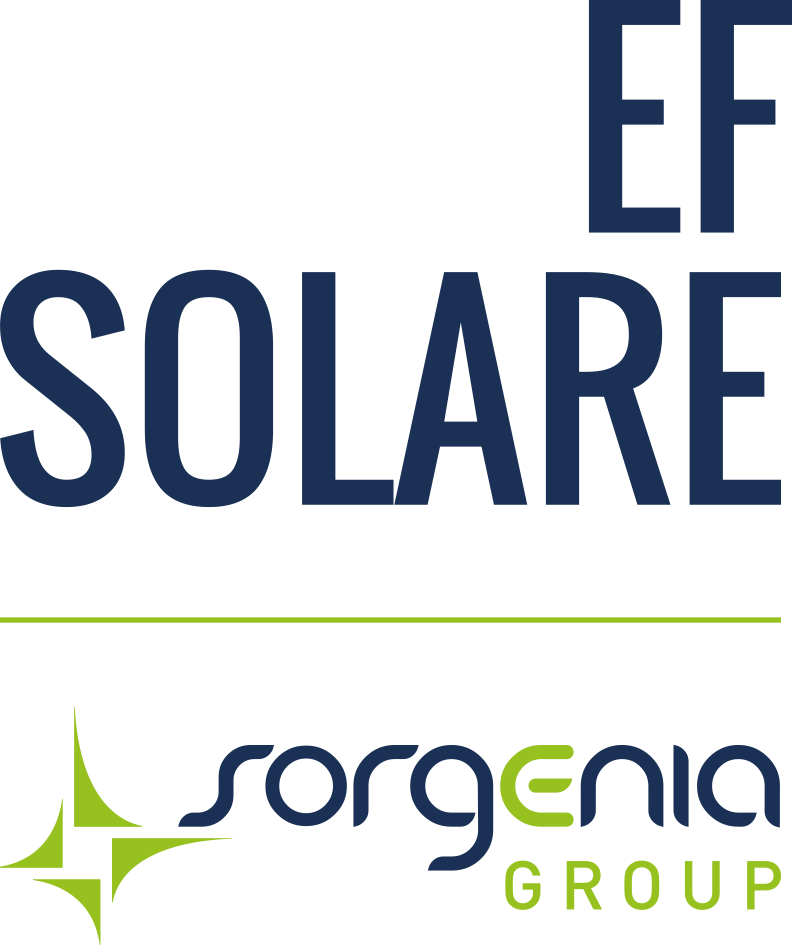The analysis has allowed to verify that the total CO2 emissions produced by the construction and the planting of Orsomarso greenhouse is offset by the production of clean energy already in 2015.
PHOTOVOLTAIC GREENHOUSES: THE CO2 PRODUCED IS COMPENSATED IN A VERY SHORT TIME – NICOLETTA AMATO’S THESIS ON OUR ORSOMARSO GREENHOUSE
Today we tell you the story of Nicoletta Amato, recent graduate of the University of Turin course of Economics of Enviroment, Culture and Territory who, together with EF Solare Italia and with Prof. Marco Maria Bagliani (Unito) and Dott. Giacomo Falicone (Università degli Studi Mediterranea di Reggio Calabria) , developed a research thesis on the carbon footprint of a photovoltaic greenhouse in Orsomarso, in the province of Cosenza in the so-called “Cedar Riviera”.
The greenhouse of Orsomarso covers 40,905 square meters, has an installed photovoltaic capacity of about 3 MW and allows to grow almost 2,000 cedar trees. EF Solare owns the greenhouse and has entrusted the management of the agricultural activity to the company LAO Greenhouse.
The objective of the thesis was to verify the carbonic neutrality of the plant from 2012 to 2019, considering 2011 as year zero dedicated to the construction of the photovoltaic plant and planting of cedar trees. The issues from which we started were: are the CO2 emissions produced by the construction of the plant, the initial planting and the maintenance of the photovoltaic greenhouse recovered from the CO2 emissions avoided by the production of green electricity? If so, in what year does this compensation take place?
Data on the stock and flow components of both the agricultural and electrical parts were analysed. In particular, for the agricultural part, stock data from planting and flow data from cultivation operations were examined; for the photovoltaic part, stock data from construction and flow data from electricity production were considered.
The analysis of these data has allowed to verify that the total CO2 emissions produced by the stock components (construction and planting), equal to 1,683.12 t CO2 eq./ha, is offset by the production of clean energy already in 2015: in this year, in fact, the cumulative avoided CO2 emissions resulting from the photovoltaic greenhouse (net of emissions produced by the agricultural component) are equivalent to 2,170.20 t CO2 eq./ha, exceeding by 487.08 units the amount of emissions to be offset to achieve carbon neutrality.
Another interesting outcome, resulting from Nicoletta Amato’s research, concerns the climate mitigation capabilities of cedar. Since 2018, the plant is able to offset the CO2 emissions produced by the cultivation phases and the loss of carbon (C) from the soil through net carbon assimilation. This is due both to the exponential trend (according to plant growth) of the increase in carbon retained by cedar plants, and to LAO Greenhouse’s agronomic choice of an integrated cultivation technique that makes it possible to limit the climate-altering impact of fertilizers and plant protection products.
In a scenario where extreme events are increasingly frequent due to climate change, photovoltaic greenhouse cultivation is a key element in preventing potential damage to food production. An example of this is the 2017 frost that hit the Cedar Riviera: the plants present inside the greenhouse of Orsomarso recorded less damage and a faster vegetative recovery than those cultivated in the open field on the rest of the territory of the other Tyrrhenian coast of Cosenza.

